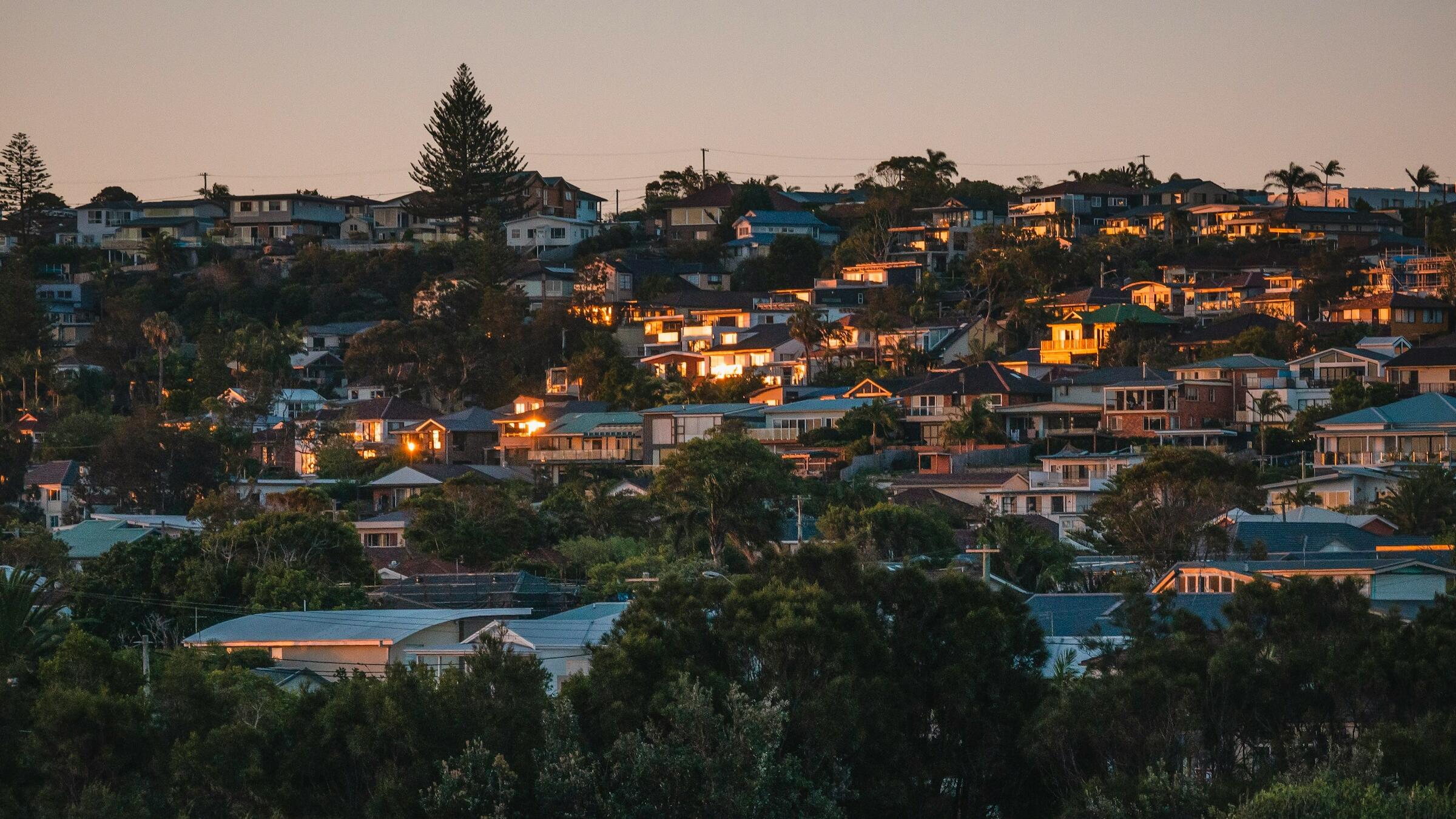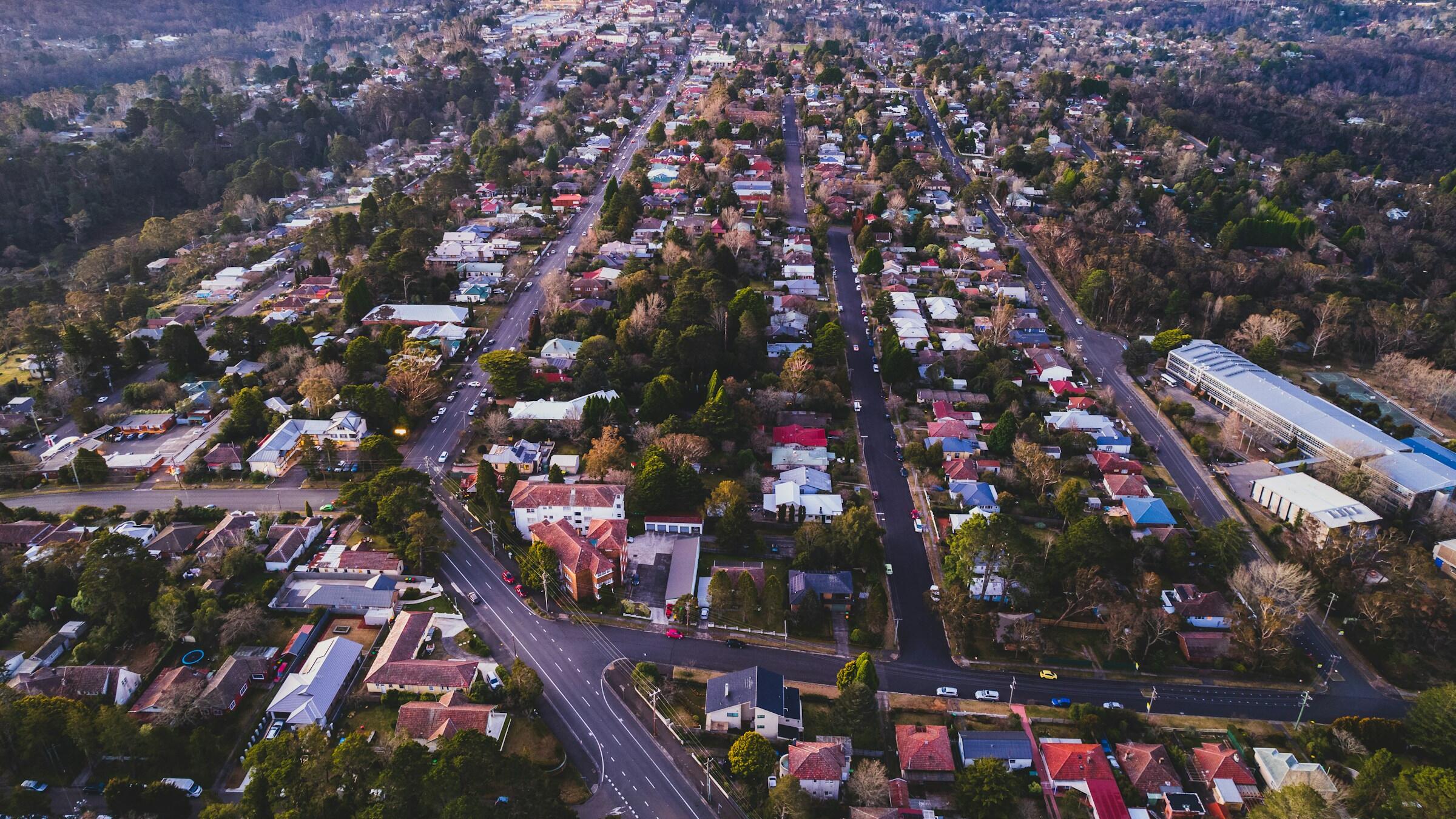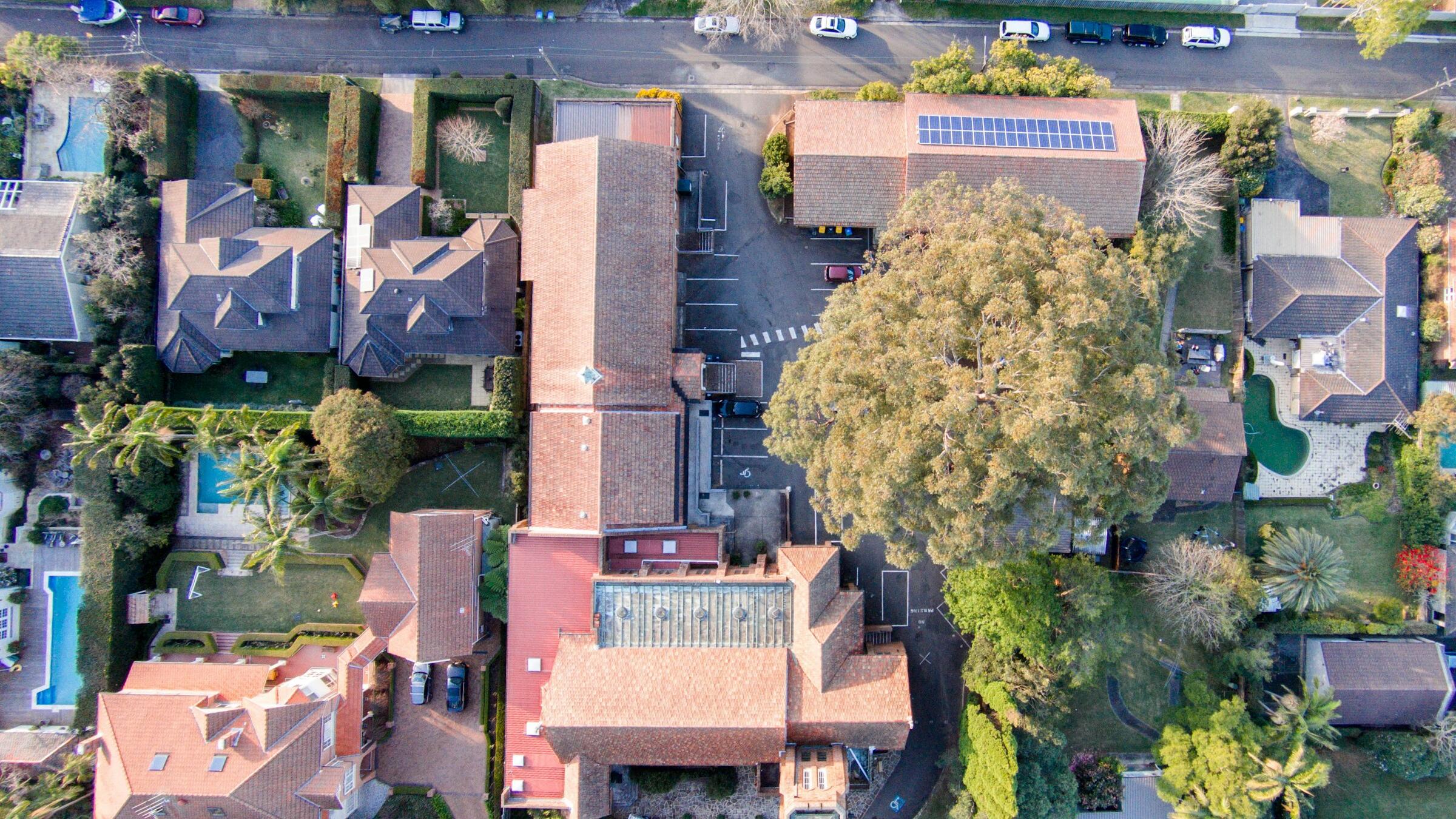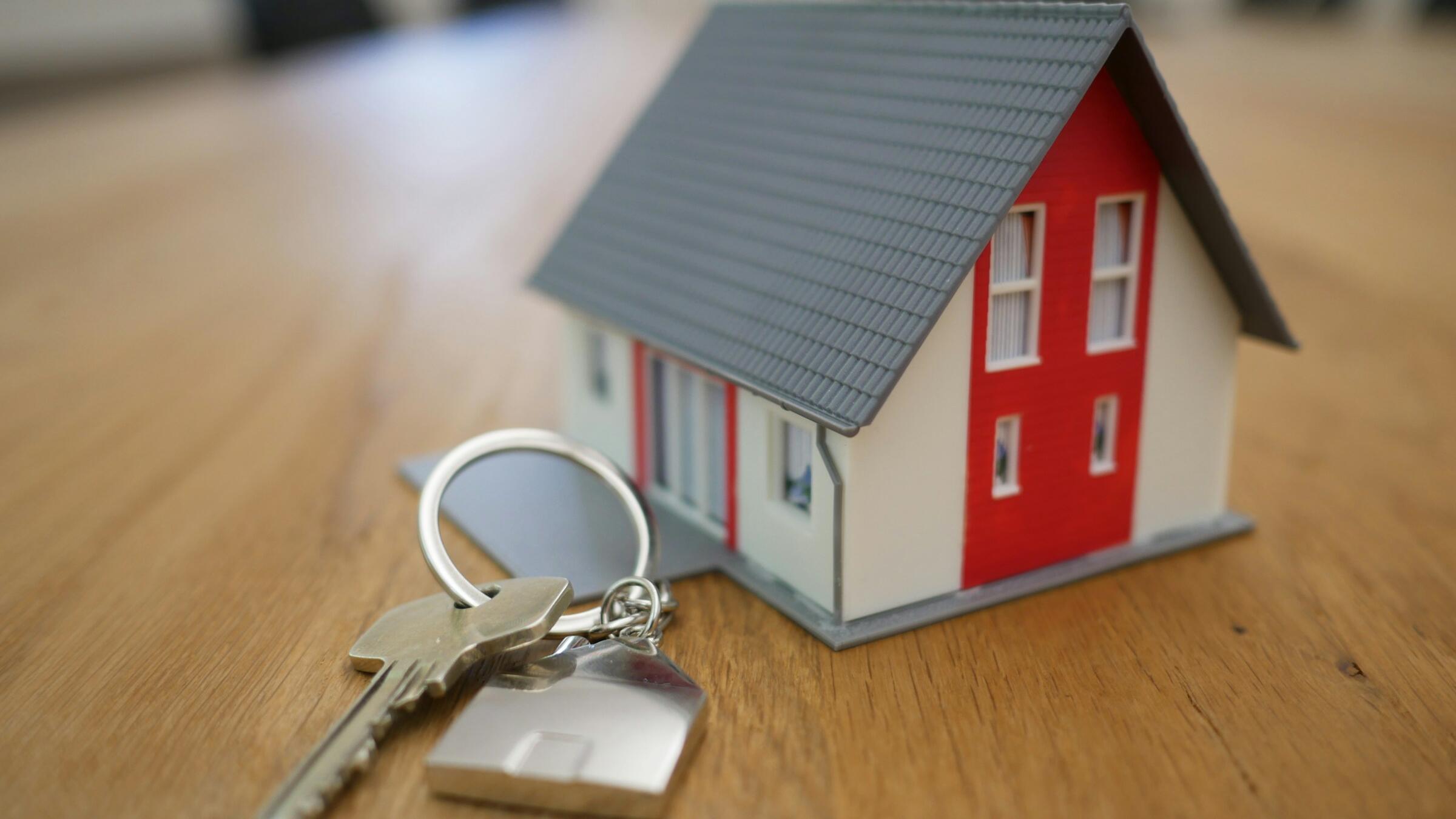
Investor loans reach record highs in September quarter

New data shows that investor loans reached record highs in the September quarter. The data released by the Australian Bureau of Statistics (ABS) shows that the number of investment loans rose by 13.6% to 57,624. ABS head of finance statistics, Mish Tan said this is the highest level of investment loans since the March quarter in 2022. “Falling borrowing costs and low vacancy rates are favourable conditions for investors,” Tan said. “Strength of lending for investment also pushed the total value of all new dwelling loans to a record high in September.” While first home buyers grew in the September quarter by 2.3% from the previous three months, they fell by 0.23% year-over-year and accounted for 29,637 of all loans for the quarter. Other owner-occupier loans increased 2% on a quarterly basis to 55,171. Landlord loans have steadily grown to take up 40% of total new loans since March 2023 at a faster rate than owner-occupier loans.Credit: ABSThe rapid rise in investor loans has sparked calls for the federal government to force banks to put the brakes on landlord lending. The Reserve Bank recently noted that investor credit was growing at its fastest pace since 2015, having picked up even before the RBA cut int



